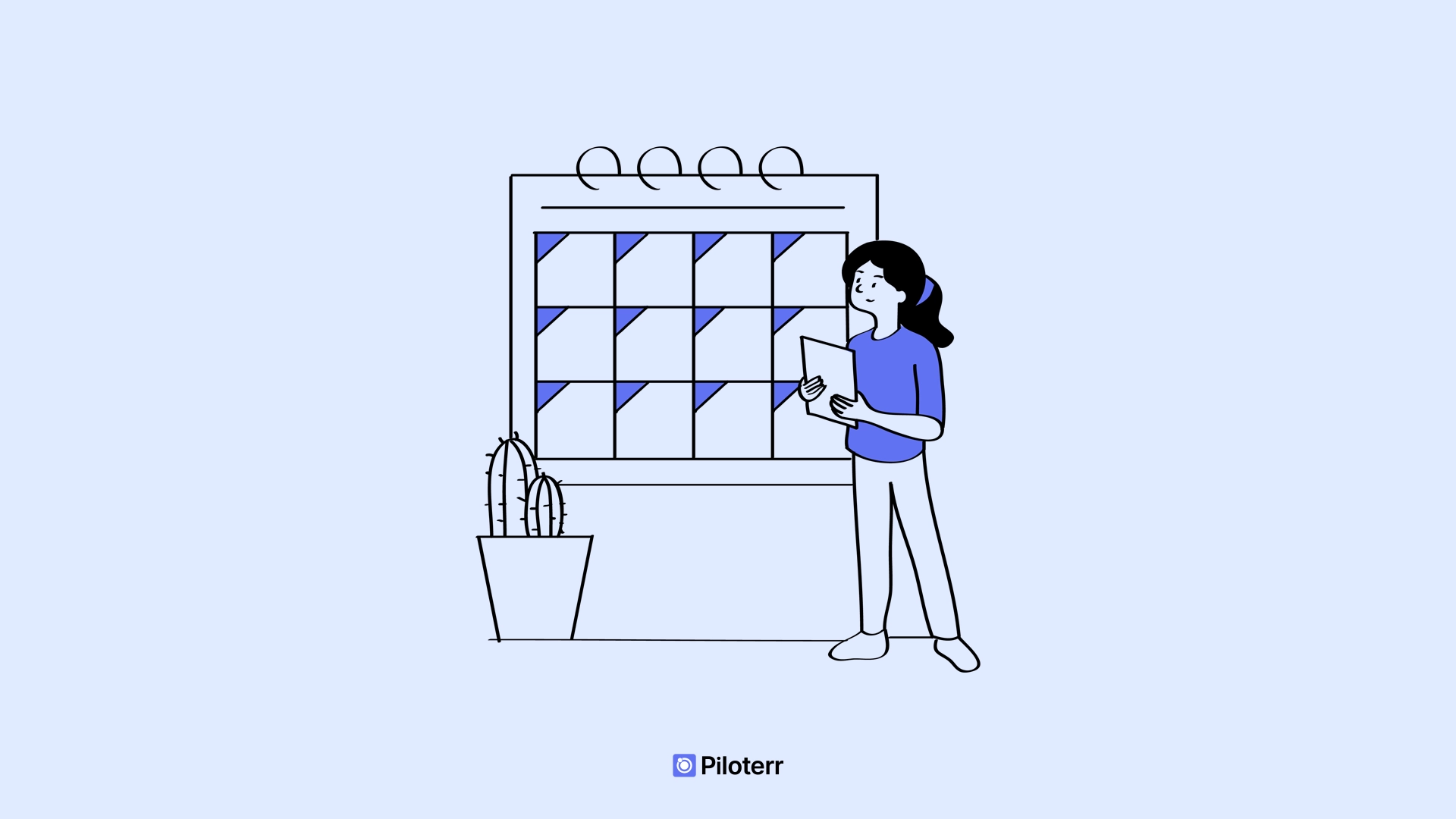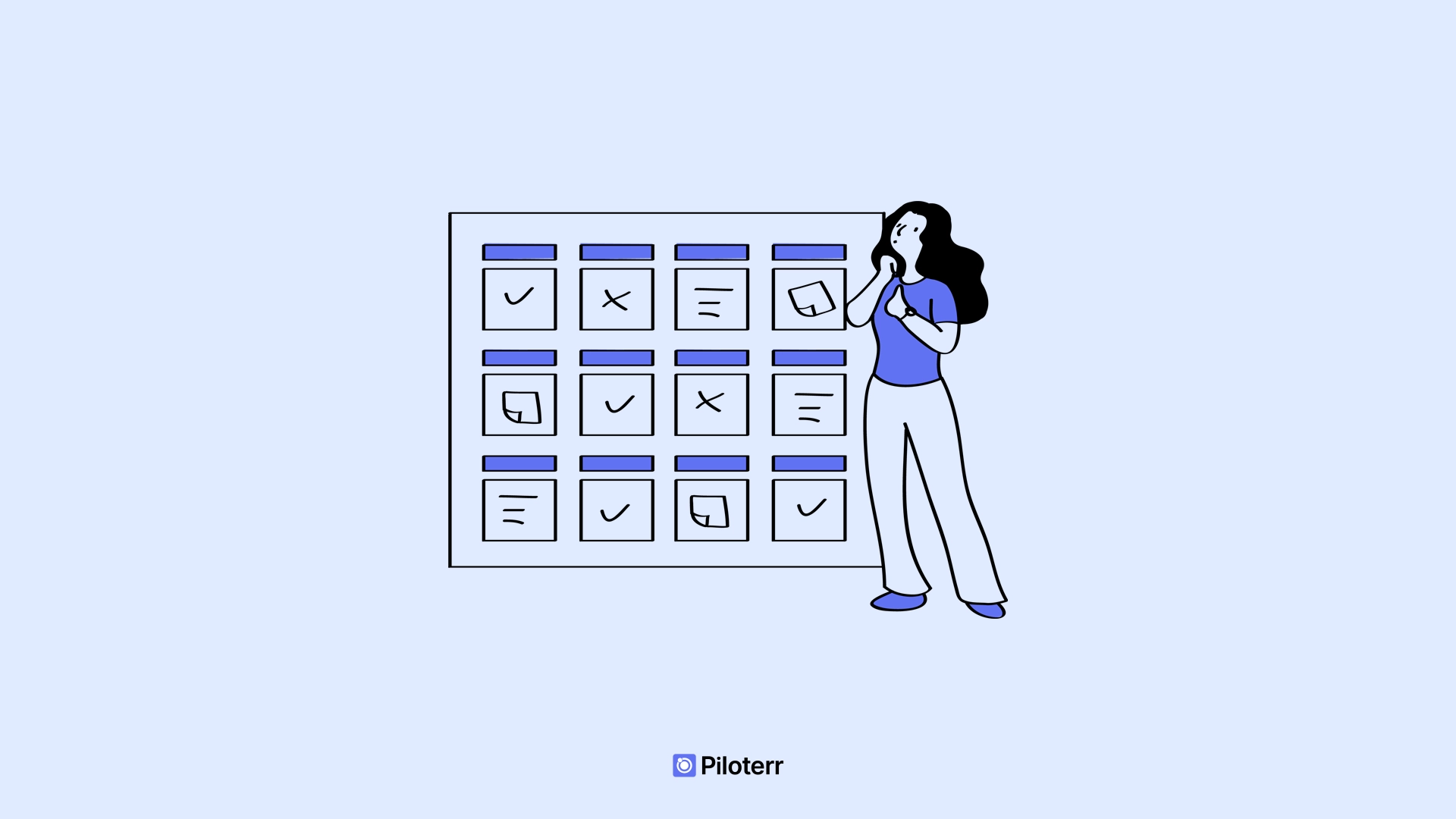Josselin Liebe
August 8, 2025
•
1
min read
•
27
votes
•
News

Piloterr offers three complementary website products. This guide explains how they differ and when to use each.
Web scraping is the programmatic retrieval of web content (HTML/JSON) to extract structured information. There are two practical approaches:
Common challenges include dynamic client-side rendering, redirects, pagination, rate limits, geo/locale variance, and enterprise anti-bot systems. Use scraping responsibly and in compliance with applicable laws and target site terms.
Crawler (Request-mode)
allow_redirects and return_page_source control behavior.Rendering (Browser-mode)
wait_in_seconds or wait_for selectors; supports timeout, block_ads, and browser instructions.WebUnlocker (Anti-bot)
Use the Crawler when you need speed, scale, and the lowest cost for static or server-rendered pages and APIs. Choose Rendering when the site relies on client-side JavaScript and you need DOM-aware waits. Pick WebUnlocker for properties protected by enterprise anti-bot systems on approved domains it delivers very low latency with a 100% success rate.
Interviews, tips, guides, industry best practices and news.

